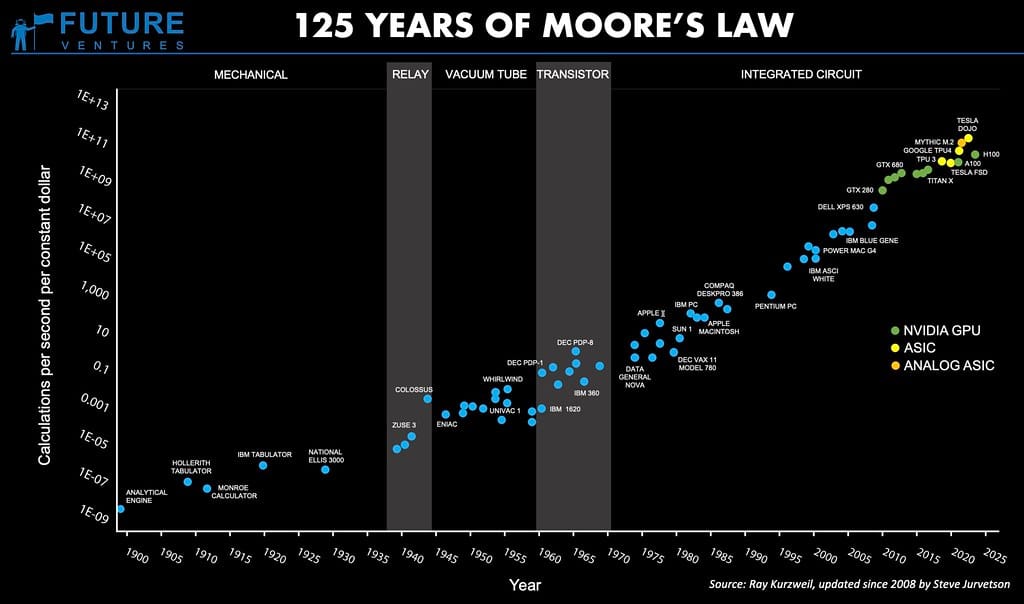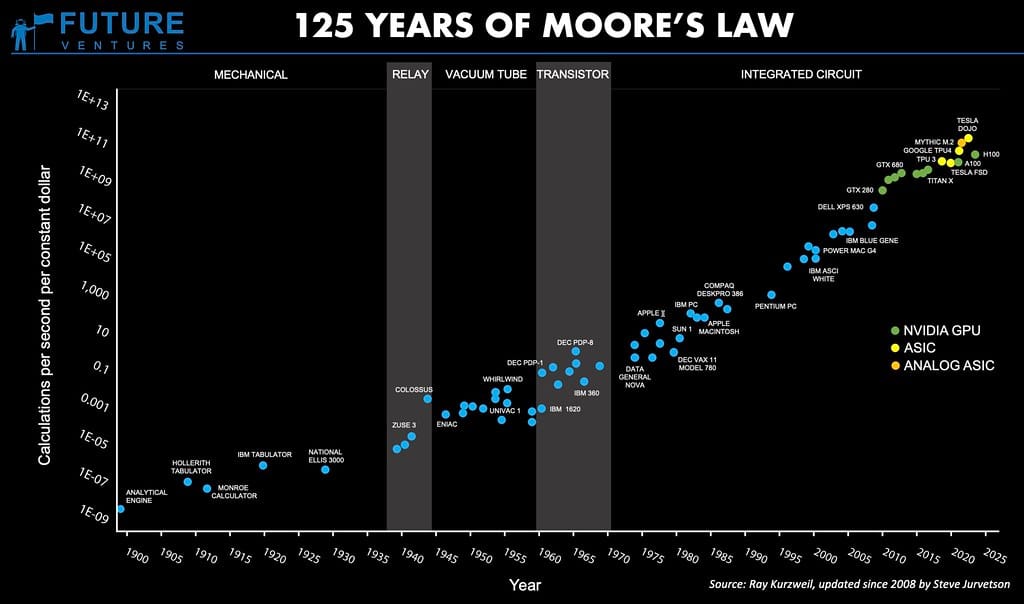Amazon Cloud Chief Slams AI Replacement of Junior Staff as 'Career Suicide' for Companies
Amazon Web Services CEO Matt Garman has fired a warning shot across the bow of companies rushing to replace entry-level employees with artificial intelligence, calling such strategies the "dumbest" approach to workforce automation. His stark assessment comes as businesses worldwide grapple with how to integrate AI while maintaining human talent pipelines.
Speaking at an industry conference last week, Garman didn't mince words about what he sees as a fundamental misunderstanding of AI's role in the workplace. "The idea that you can just swap out your junior developers, analysts, or customer service reps with AI and call it innovation is not just wrong—it's career suicide for your organization," he stated.
The Junior Staff Paradox
Garman's comments highlight a critical blindspot in current AI adoption strategies. While artificial intelligence excels at automating routine tasks and processing large datasets, companies that eliminate junior positions are essentially cutting off their own talent supply chain.
"Where do you think senior staff come from?" Garman asked rhetorically. "They don't materialize out of thin air. Every expert was once a beginner, and if you eliminate those beginning roles, you're creating a talent desert for your future."
The AWS chief's concerns are backed by emerging workforce data. A recent study by the McKinsey Global Institute found that companies implementing AI without strategic workforce planning are 40% more likely to face skill shortages within three years compared to those taking a more measured approach.
The Real Value of Human-AI Collaboration
Rather than replacement, Garman advocates for augmentation—using AI to enhance human capabilities rather than eliminate them entirely. At Amazon, this philosophy has translated into tools that help junior developers write better code faster, rather than replacing them altogether.
"Our most successful AI implementations are those where we've paired junior talent with AI tools," Garman explained. "A first-year developer using Amazon CodeWhisperer can produce work that might have taken a three-year developer without AI assistance. But you still need that human creativity, problem-solving ability, and contextual understanding."
This approach has yielded measurable results. Amazon reports that teams combining junior staff with AI assistance show 35% faster project completion times while maintaining code quality standards that exceed purely human-developed projects from just two years ago.
The Innovation Risk
Beyond talent pipeline concerns, Garman warns that companies eliminating junior roles risk stifling innovation itself. Entry-level employees often bring fresh perspectives and aren't constrained by "the way things have always been done."
"Junior staff ask the questions that senior people stopped asking years ago," he noted. "They challenge assumptions because they don't know they're not supposed to. That's where breakthrough thinking comes from."
This observation aligns with research from Harvard Business School, which found that companies with higher percentages of early-career employees (those with less than five years of experience) are 23% more likely to introduce disruptive innovations compared to organizations with predominantly senior workforce compositions.
Strategic Implementation Over Wholesale Replacement
The Amazon executive outlined what he considers a more intelligent approach to AI integration: identifying specific tasks rather than entire roles for automation. This strategy preserves human jobs while maximizing AI's efficiency benefits.
Key areas where AI excels without human replacement include:
- Data processing and initial analysis
- Code review and bug detection
- Customer query routing and initial responses
- Document summarization and research compilation
Meanwhile, areas requiring human insight remain firmly in human hands: strategic decision-making, creative problem-solving, client relationship management, and complex troubleshooting.
The Long-Term View
Garman's message resonates beyond immediate workforce concerns. Companies that maintain balanced human-AI teams position themselves better for future technology shifts and market changes that require adaptability—something AI currently cannot provide.
"The companies that will thrive in the AI era aren't those that replace humans fastest," Garman concluded. "They're the ones that figure out how to make humans and AI work better together."
As businesses continue navigating the AI revolution, Garman's advice offers a crucial reminder: sustainable innovation requires not just advanced technology, but the human talent capable of wielding it effectively. Companies that forget this fundamental principle may find their short-term efficiency gains come at the cost of long-term competitive advantage.
The smartest move isn't replacing junior staff—it's investing in their AI-augmented potential.

